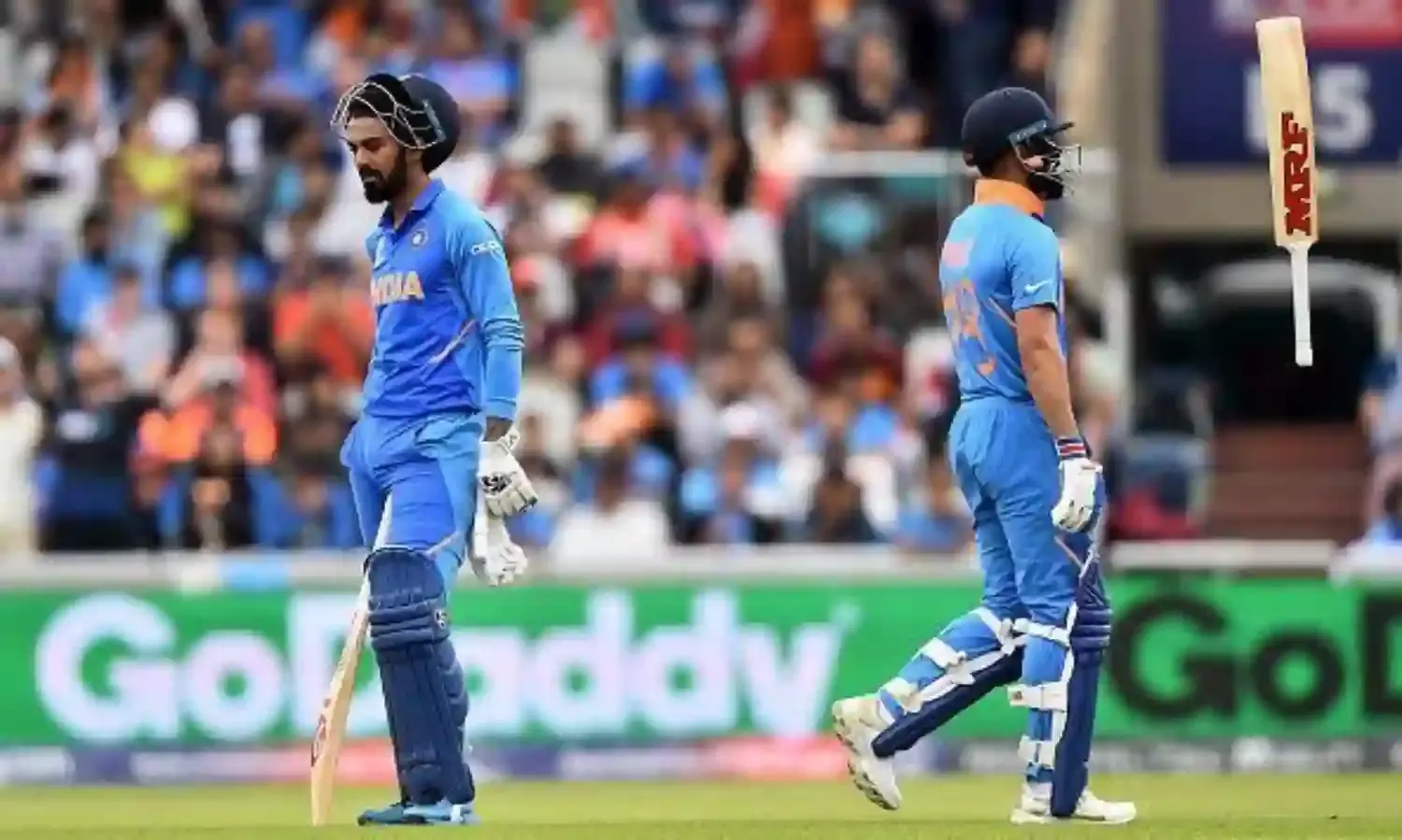India's Top Order Won't Win Modern T20 Warfare with Sticks and Stones
Trouble setting targets
Another match, similar story. India's T20I batting unit does not seem to be learning from its mistakes and is paying the price repeatedly.
For starters, there has at least been acknowledgement of the fact that the team needs to up its game as far as batting intent is concerned to come at parity with the leading T20I powers. However, much of that has been in theory and is yet to be put to practice.
India's approach, particularly while batting first in T20Is, has been rather conservative and the T20Is against Bangladesh have been no different. Notwithstanding the nature of the pitches, the Indian top-order has not quite make the effort to offset that.
India's regular top three Rohit Sharma, Shikhar Dhawan and Virat Kohli, three of the biggest names in international cricket, fall fairly short of the mark when it comes to their scoring rate in T20Is. Rohit strikes at 136.67, Kohli at 135.28, while Dhawan's numbers are still inferior at 128.67.
"Maybe the past T20s was not taken very seriously when we were playing international cricket, but now since we are preparing for the World Cup, all these games are extremely important.
"I think that 20-21 games we are playing will be our preparation towards the World Cup," India's batting coach Vikram Rathore had said before the beginning of India's home season.
Their numbers this year, despite all the talk of the team taking the attack to the opposition have only deteriorated. Stand-in skipper Rohit Sharma strikes at 122.85 this year while Virat Kohli has a strike rate of 129.2. Shikhar Dhawan's strike rate in 2019 falls drastically to a poor 109.35.
Interestingly, among Indian batsmen scoring more than 15 runs in Delhi, only Shreyas Iyer (SR: 169.23) struck at over 105. Shikhar Dhawan and Rishabh Pant, who are known to hit the long ball, despite occupying the crease for 68 deliveries could only you cumulatively strike at exactly run a ball.
"We have looked at numbers and how we have done in that department. We are really good at chasing and something we really want to focus on is setting a target. That's something we are lacking," stand-in skipper Rohit Sharma emphasised in the pre-series press conference but that is yet to be seen on the ground.
It's not that India don't possess batsmen of the required calibre but the reputation of the existing players is coming in the way of giving them a start in the XI. A good prospect among them is KL Rahul who has found a place in the XI in only four of the 11 T20Is that India have played this year in spite of sporting an average in excess of 40 and a strike rate of 146.47.
This is in contrast to the leading teams who have their top three going great guns. Aussie skipper Aaron Finch has a T20I strike rate of 157.30, with his opening partner David Warner striking at 140.62. England's Jason Roy strikes at 145.11. New Zealand's Colin Munro has a strike rate of 159.82. For West Indies, openers Evin Lewis and Chris Gayle have a T20I strike rate of 159.35 and 142.84 respectively.
In fact, due to their ancient style of scoring, India find themselves at the 11th spot in the list of teams when put in the descending order of their T20I run rate. Australia are at the top with an average of 53.62 at a run rate of 9.17. Even teams like Scotland, Afghanistan, Ireland and Zimbabwe are placed above India.
Instead, in fact, Pakistan who are known to be conservative have a slightly better run rate of 7.89 as compared to India's 7.82. Interestingly, India's average of 26.98 also pales in comparison to Australia's 53.62 and South Africa's 35.72.
One is all for experimentation but it's high time that India zero in on players who can get them off to quick starts which is one of the prerequisites for T20 cricket. Scoring 30-odd runs in the powerplay will not take India anywhere. If the team is looking to make a mark at the upcoming 2020 T20 World Cup, I'm afraid, they are not doing it with the personnel they are carrying at the moment.





